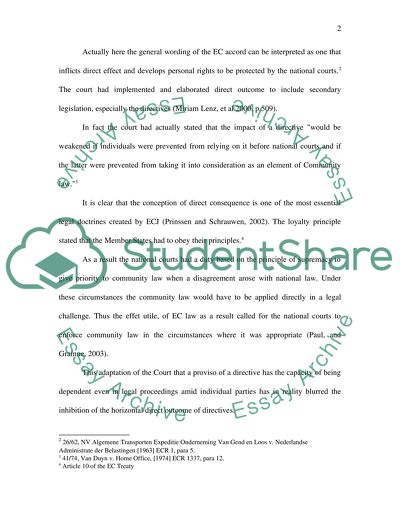Cite this document
(“European Court of Justice Essay Example | Topics and Well Written Essays - 2500 words”, n.d.)
European Court of Justice Essay Example | Topics and Well Written Essays - 2500 words. Retrieved from https://studentshare.org/miscellaneous/1519908-european-court-of-justice
European Court of Justice Essay Example | Topics and Well Written Essays - 2500 words. Retrieved from https://studentshare.org/miscellaneous/1519908-european-court-of-justice
(European Court of Justice Essay Example | Topics and Well Written Essays - 2500 Words)
European Court of Justice Essay Example | Topics and Well Written Essays - 2500 Words. https://studentshare.org/miscellaneous/1519908-european-court-of-justice.
European Court of Justice Essay Example | Topics and Well Written Essays - 2500 Words. https://studentshare.org/miscellaneous/1519908-european-court-of-justice.
“European Court of Justice Essay Example | Topics and Well Written Essays - 2500 Words”, n.d. https://studentshare.org/miscellaneous/1519908-european-court-of-justice.


